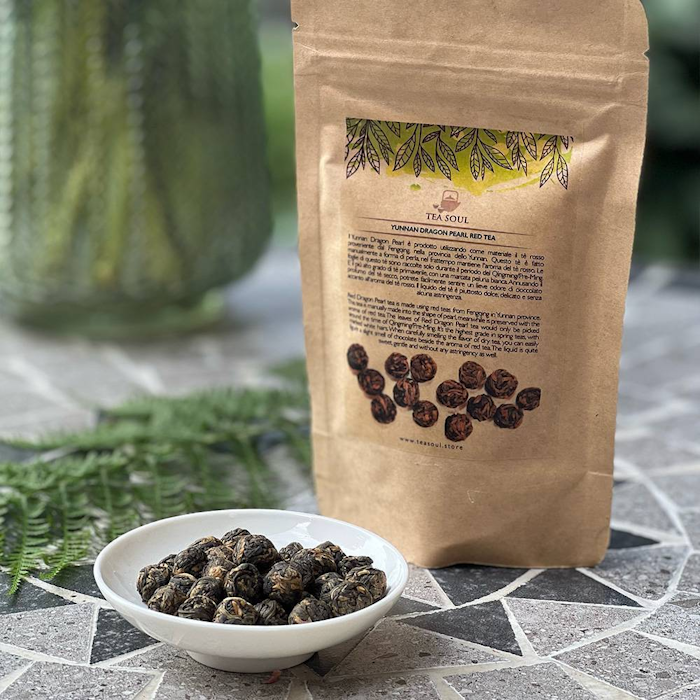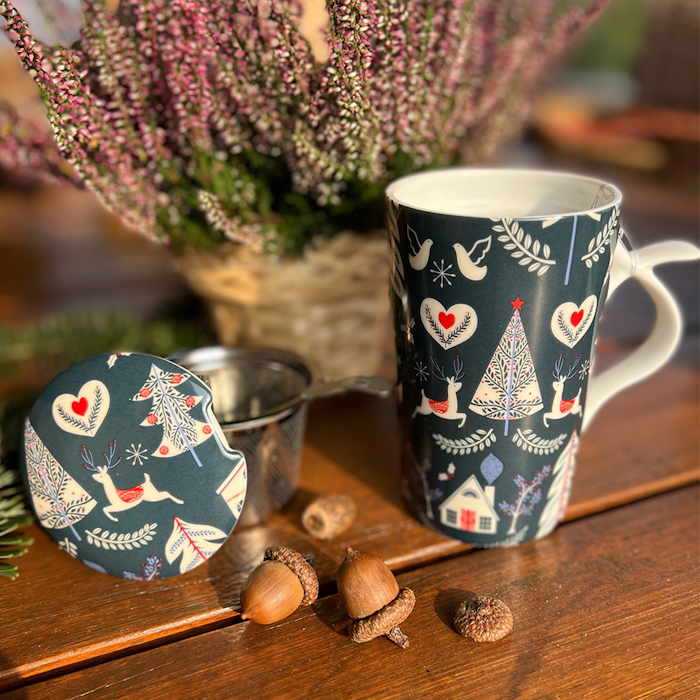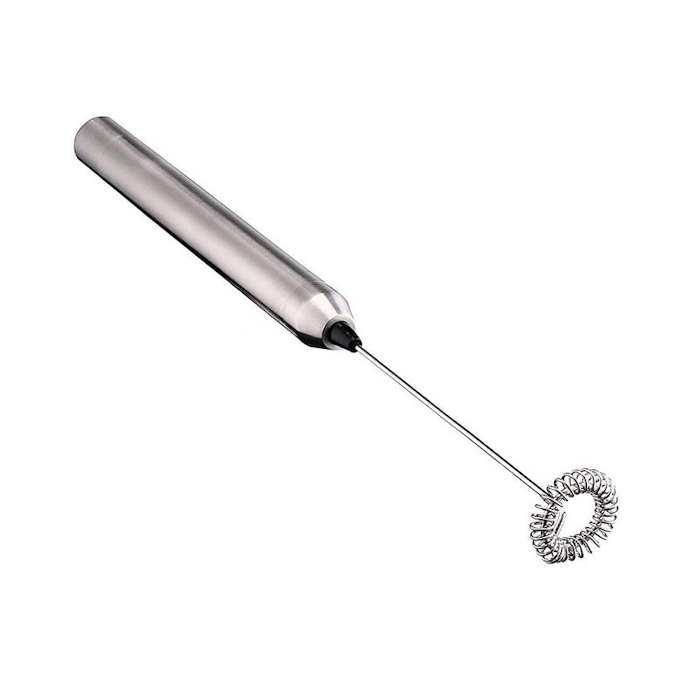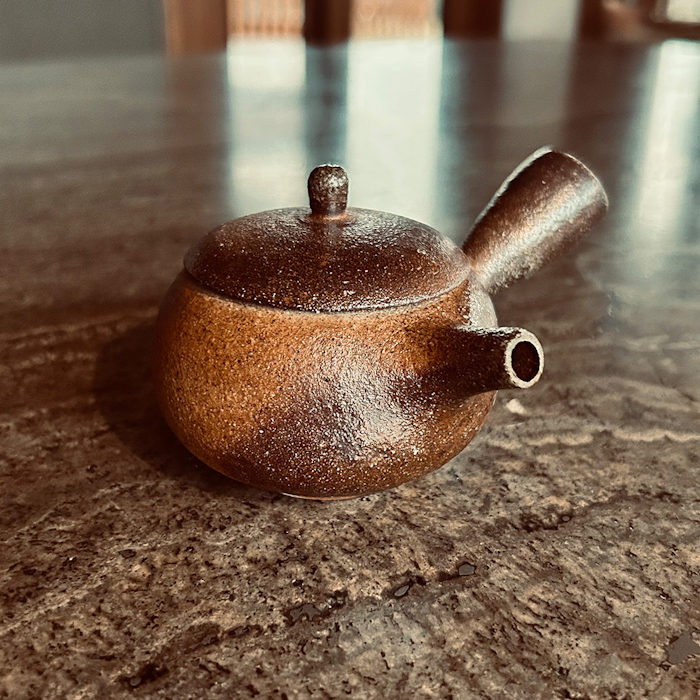The 2015 puer shu (cooked) tuocha tea comes from a famous Chinese factory called Xiaguan that, according to its recipes, mixes and presses different maocha from all over the Yunnan region to form products with a unique and complex taste. This factory was founded in 1941 near the city of Dali in the prefecture of the same name and, from its inception, made much use of the type of format called tuocha (bowl shape) to press its leaves. The Xiaguan brand has grown a lot over the years due in part to its geographical location, which provides it with an excellent climate in which to age its teas.
This tuocha is made entirely of puer shu leaves, which, judging by the flavor of the product, must have been carefully fermented at a humidity level that is not too high. In the cup you will mainly taste a woody flavor followed by a hint of mountain herbs and finally a refreshing sensation. In the aftertaste there may also be a slight spicy tone while, after several infusions, the initial woody flavor will also let some earthy nuances shine through while still maintaining a dry connotation and its refreshing touch.
Location of origin
Yunnan, China
Production
After harvesting, the leaves are left to wither in the sun for a certain amount of time depending on the producer before going through the "green killing" stage, which is purportedly similar to that used to produce green tea. The special feature, in this case, lies in not heating the leaves as much as is done for a green tea so that certain enzymes capable of changing flavors over time are preserved. Once cooked, the leaves are taken in large quantities and stacked to form large piles. The plant mass thus arranged is then moistened and covered with cloths so that heat can be retained and the fermentation process can begin. Here the producer will have to skillfully move the leaves around and wet them lightly as he goes to ensure that fermentation advances steadily and is distributed as evenly as possible. Once this process is complete, which can take 20 to 70 days, the leaves are spread out and left in contact with the air so that the microorganisms responsible for fermentation dry out and die, leaving the finished product. Once there, one can (eventually) proceed to press the puer in order to give it the best conditions to be transported and aged. To press the leaves they are passed through for a few seconds by a strong jet of steam so that they are made soft on the outside, and then they are gathered into a sock or sack that will give the product its shape, usually discoidal. To ensure that this structure remains fixed over time, the sack is left under a stone or mechanical press for hours while the leaves lose that residual moisture taken up by the steam in the previous stage.
Preparation
We strongly recommend infusing this tea in the traditional Chinese method (gong fu cha) to best enjoy these leaves. Following this preparation, 6.5 grams of leaves (about 5 teaspoons) can be used in a gaiwan of about 100 ml to obtain multiple infusions with different tastes. After a quick rinse of the leaves in water at 100°C, an initial infusion of 20 seconds can be made, after which, keeping the water at the same temperature, the time can be increased each time by 5 seconds from the previous infusion (15 - 20 - 25...)
This tea has a longevity of about 9 infusions.
For a classic preparation according to the Western style we recommend 3 grams of leaves (about 2 teaspoons) in a 150 ml cup with water at 100°C for an infusion time of one and a half minutes.
The tea can be filtered for ease when tasting and also the infusion times given above here are meant to be purely indicative so you can also adjust according to your personal taste.
We recommend storing in a cool, dry place away from direct sunlight.
Black Friday 50






























































